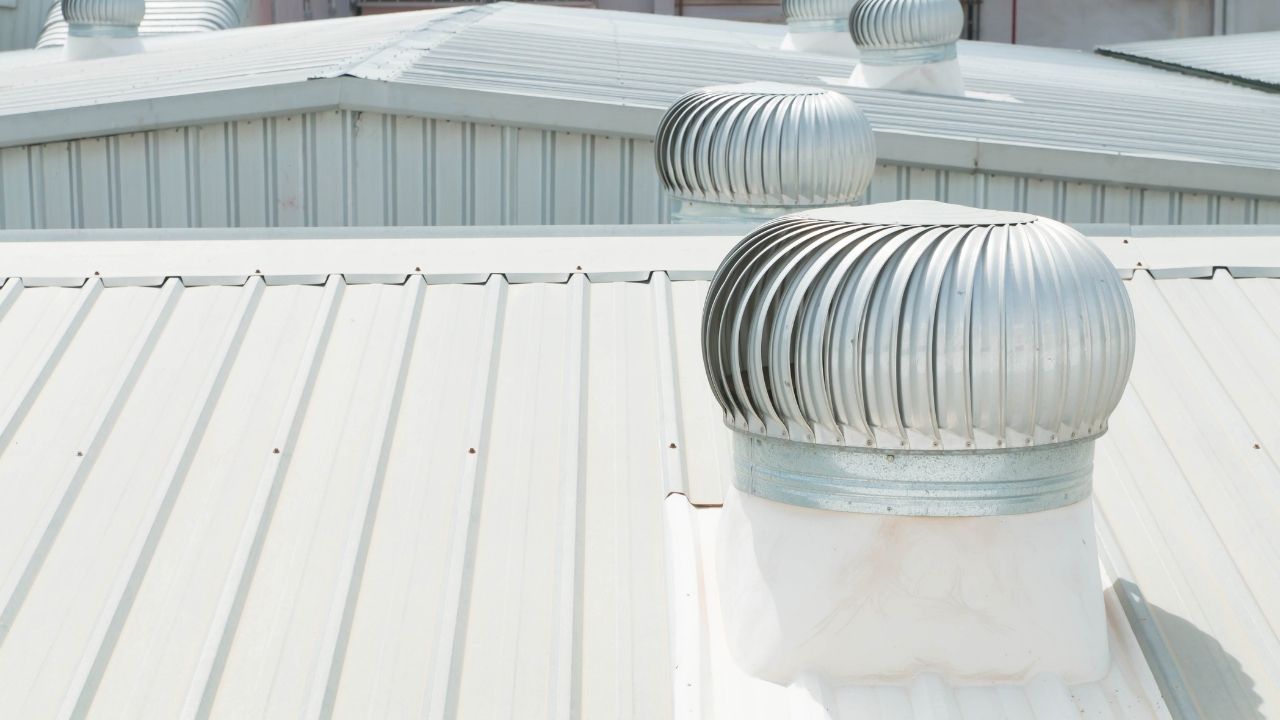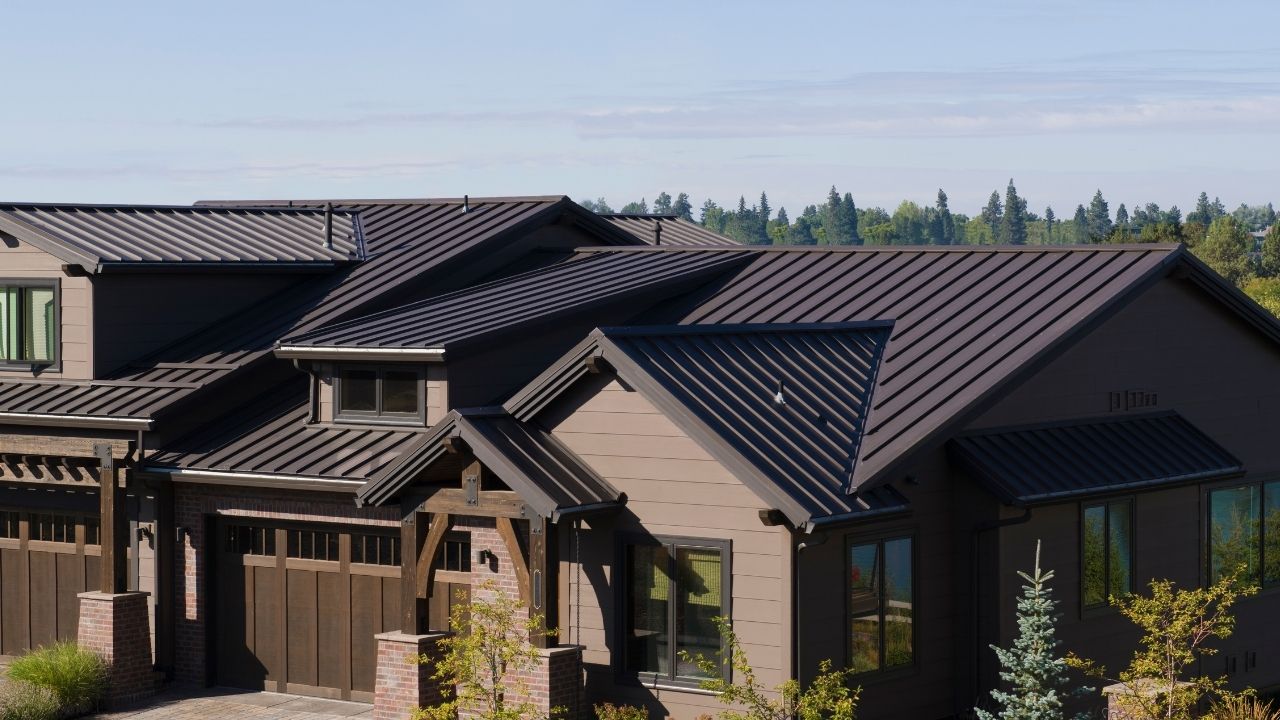
There are several types of roofing drainage systems. A downspout, the most common type of drainage system, is the best. It takes water away form scuppers and directs them to the ground. These drainage systems are typically made of cast iron and are durable and quite. You can also find a cover that protects against large particles. The disadvantage of cast iron is that it is pricey and requires regular maintenance. Polyvinylchloride (PVC), drainage systems are cheaper and more versatile.
There are three types of roof drainage systems. A common one is a RD-300-AC roofing drain, which features a highly reliable compression seal to minimize the risk of leakage. An RD300 AC roof drainage system is another type. This drain system features a domed strainer. The strainer can be adjusted from one-inch to three-and–a-half inches. These drainage systems, made from epoxy-coated cast metal, feature a selflocking polyethylene dome.

There are two types. Positive roof drainage systems use siphoning for drainage. These systems are most commonly found on flat commercial roofs. They require less drainage than other roofing drains. These systems are also more affordable than others and much easier to install. However, they typically need more maintenance than other types of roofing drainage systems. This drain system is not as prone to slope as other systems.
The primary roof drain connects to other parts in the roof drainage system. Its primary function is to transport rainwater to the ground or another disposal area. These drainage systems are called overflows. These roof drains always have a 2'' water dam, which can either be external or internal. They are especially effective when large amounts of water accumulate on roofs. If a primary roof drainage system is backed up, a secondary one will be needed.
There are several types of roofing drains. Some drains are invisible, others are obvious. If you plan to install an inner roof drainage system, you must be very careful to install it properly. It is a good idea to choose a lower channel instead of a higher one. They are more efficient, however you must be careful not to flood your home if you place the inner roof drainage on the inside.

The most popular type of roofing drain is the scuper. These drains are usually installed at the roof's edges and help prevent water pooling. These sheets are usually made of sheet steel and have a gutter or downspout installed. In other cases, they may be attached directly to the roof or secured using an underdeck clamp. The location of the roofing drain is important. It should be in the middle of the parapet, and slope away from the exterior wall.
FAQ
How long does it take for a home to be renovated?
It all depends upon the size of your project and how much time it takes. The average homeowner spends between three to six hours per week on the project.
How do you renovate a house with no money?
If you are looking to renovate a house with no money, here are some steps:
-
Plan your budget
-
Find out what materials you need
-
Decide where to put them
-
You will need to make a list of the things that you must buy.
-
Figure out how much money you have available
-
Plan your renovation project
-
Get started on your plans
-
Do some online research
-
Ask family and friends for their help
-
Be creative!
What room should first be renovated?
The heart of any home is the kitchen. The kitchen is where you will spend the majority of your time cooking, entertaining, or just relaxing. If you're looking to make your kitchen more functional, attractive and beautiful, this is the place for you!
The bathroom is an important part of any house. It offers privacy and comfort for daily chores such as washing your hair, brushing your teeth, shaving, or getting ready to go to bed. If you want to improve the functionality and appearance of these rooms, consider adding storage space, installing a shower instead of a tub, and replacing old fixtures with modern ones.
How many times do I need to change my furnace filter?
The answer depends on how often you expect your family to use your home heating system. If you plan to leave your house for long periods of time during cold weather months, you may consider changing your filter more frequently. But if you do not often go outside, it may be possible to wait longer between changing your filter.
A furnace filter can last about three months. This means that your furnace filters should be changed every three to four months.
The manufacturer will also give you recommendations on when to change your filter. Some manufacturers recommend replacing your filter after each heating season, while others suggest waiting until there is visible dirt buildup.
Statistics
- On jumbo loans of more than $636,150, you'll be able to borrow up to 80% of the home's completed value. (kiplinger.com)
- It is advisable, however, to have a contingency of 10–20 per cent to allow for the unexpected expenses that can arise when renovating older homes. (realhomes.com)
- A final payment of, say, 5% to 10% will be due when the space is livable and usable (your contract probably will say "substantial completion"). (kiplinger.com)
- Design-builders may ask for a down payment of up to 25% or 33% of the job cost, says the NARI. (kiplinger.com)
- According to the National Association of the Remodeling Industry's 2019 remodeling impact report , realtors estimate that homeowners can recover 59% of the cost of a complete kitchen renovation if they sell their home. (bhg.com)
External Links
How To
How much should I spend on restoring my house?
The cost of renovating a home depends on how many rooms it is, what kind of renovations, where it is located, and whether the work will be done by professionals or you. Depending on the scope and size of the project, the average renovation cost is between $10,000 and $50,000.
If you intend to sell your home soon after the renovation, the price you receive will be less than what the market value. If you don't put enough effort into your home before it sells, you could even lose money. You can increase the sale price of your home if you spend enough time and effort to improve its appearance.
These factors will help you choose which projects to start first.
-
Your budget. If you have a limited budget, start small. One room can be tackled at a time such as painting walls or changing flooring. A contractor who specializes is kitchen remodeling can be hired to make significant changes in your home without spending a lot.
-
Your priorities. What are your priorities? Do you want to improve your home's overall condition or fix specific issues? One issue can become a major problem quickly, so it's important to choose a single area. If your roof leaks when it rains, it might be necessary to have it replaced sooner than you think.
-
Your timeline. You might prioritize projects that will not affect your home's resale price if you are considering buying another property. For instance, if your goal is to purchase a new property next year, it might be a good idea to wait to install hardwood floors or to replace bathroom fixtures. You might consider waiting until you sell your current home before making these updates.
-
Your skills. Find someone to help you if you don't have the necessary skills. You might hire a cabinet maker if you don't have the skills to build custom cabinets.